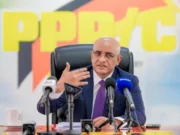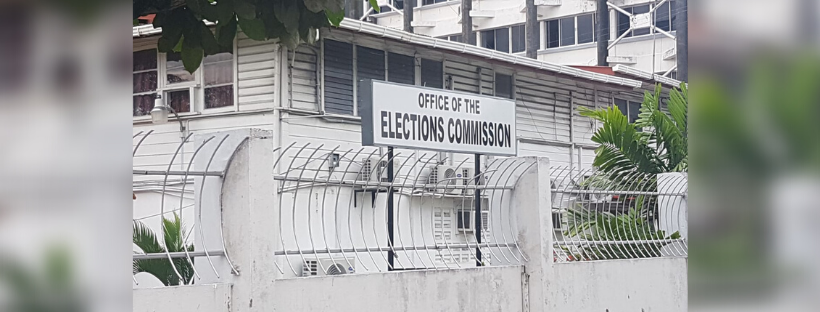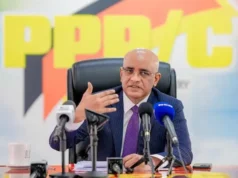Dear Editor,
The energy sector is under severe constraints owing to the lack of capital investments over the years, coupled with strong growing demand. As a consequence, the country is experiencing a spate of power outages. The government understands that it is critical that the necessary intervention is made with alacrity focusing on short term remedy, while pursuing the longer-term energy transformation agenda, inter alia, the gas-to-energy project, hydropower (Amaila), and investment in other renewable energy sources over the medium to long term.
However, it is important for the nation to be aware of the background that led to the situation the sector is in today. Indeed, it is not just the lack of timely investments in the sector over the years. One would recall that the incumbent government in its previous term (pre-2015) proposed the Amaila falls hydro power project in 2011 (12 years ago) aimed at increasing the power generation capacity as well as reduction in the cost of energy. Unfortunately, the government at that time was a minority government, whereas the combined political opposition controlled the National Assembly by way of a one-seat majority. Notably, the challenges experienced under this political dispensation led to snap elections in 2015.

The chart attached illustrates the capital expenditure and budgetary allocation for power generation for the period 2011-2023. For the years 2011, 2012, 2013, 2014 & 2015, the original budgetary allocation for capital expenditure were as follows:
• FY 2011 – $11.1 billion,
• FY 2012 – $18.5 billion,
• FY 2013 – $27.7 billion,
• FY 2014 – $21 billion, and
• FY 2015 – $2.3 billion.
These allocations were then reduced via cuts imposed by the political opposition to the following:
• FY 2011 – $8 billion,
• FY 2012 – $6.8 billion,
• FY 2013 – $6.7 billion,
• FY 2014 – $4.2 billion, and
• FY 2015 – $732 million.
Altogether, the budgetary cuts amounted to $52.6 billion to the capital budget towards power generation for the period 2011-2015, by the combined political opposition using their one-seat majority in the National Assembly. These allocations were largely associated with the proposed Amaila falls hydro power project that was introduced in 2011.
Following the snap elections in 2015 which resulted in a change of government, that government that was responsible for the imposition of budgetary cuts for the period 2011-2015 as the political opposition, also failed to make any major capital investment in the energy sector. To this end, the capital budgets for the period 2016 – 2019 were as follows:
• FY 2016 – $3.3 billion,
• FY 2017 – $3.4 billion,
• FY 2018 – $2.9 billion, and
• FY 2019 – $4.3 billion.
In 2020, the capital budget by the incumbent administration towards the sector amounted to $12.6 billion, nearly three times the 2019 budget, and in 2022 and 2023, the capital allocation amounted to $24.3 billion and $50.6 billion respectively. These allocations were largely in relation to the transformational gas-to-energy project, the longer-term investment, which is projected to be completed by 2025.
Evidently, the entire country is now suffering the adverse effects of the irresponsible actions of the combined political opposition over the last 12 years, including when they were in government during this period for five years.
Yours respectfully,
Joel Bhagwandin













